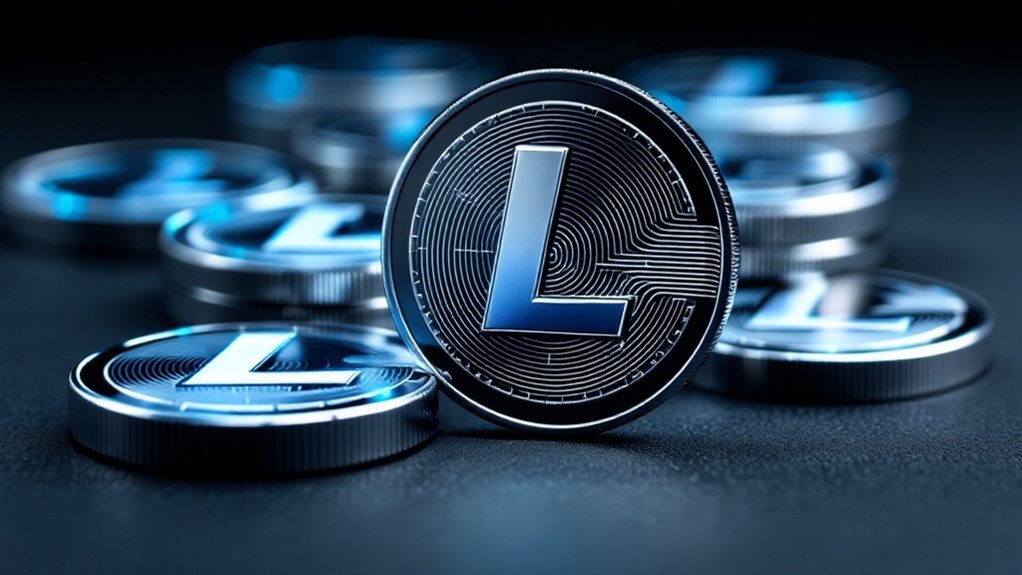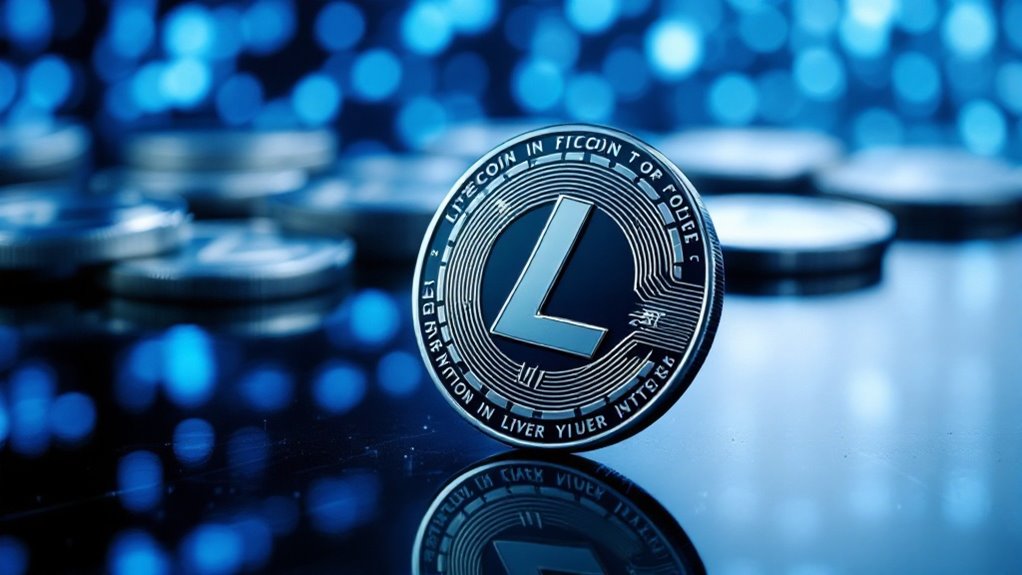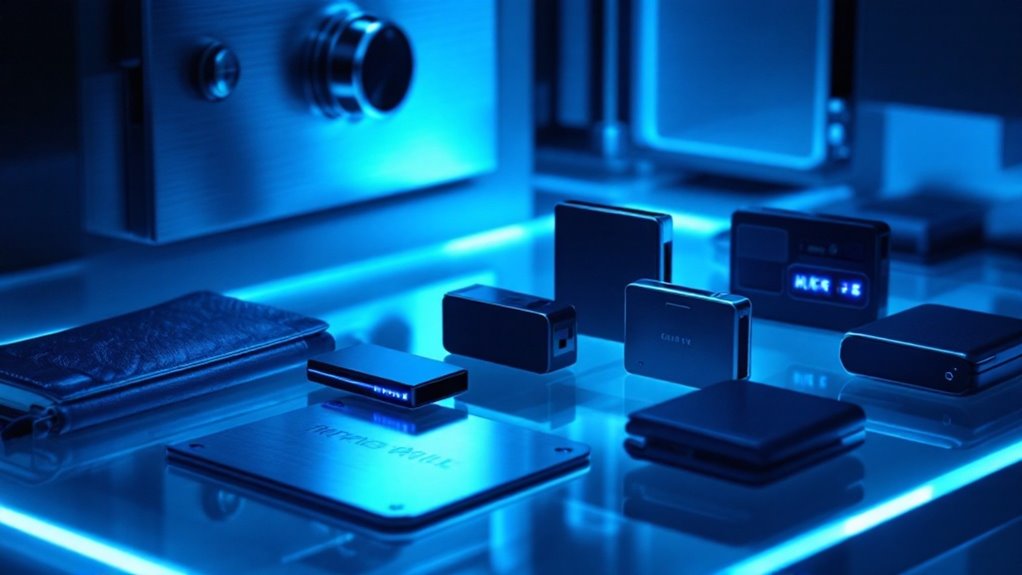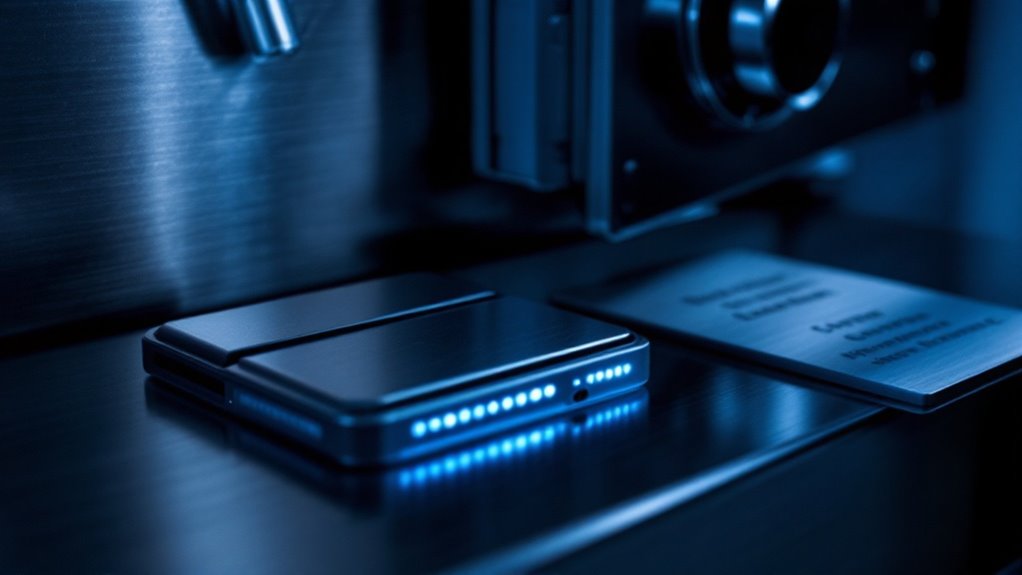Litecoin emerged in 2011 as a nimble alternative to Bitcoin, earning its reputation as "digital silver" through faster transactions and lower fees. Created by former Google engineer Charlie Lee, this cryptocurrency processes payments four times quicker than its golden counterpart, making it ideal for everyday purchases like coffee or lunch. While Bitcoin dominates headlines, Litecoin's proven track record and continuous innovation, including privacy features and ecological improvements, suggest there's more to this reliable underdog than meets the eye.

While Bitcoin often dominates cryptocurrency headlines, Litecoin has quietly carved out its own impressive legacy as the "silver to Bitcoin's gold." Created in 2011 by former Google engineer Charlie Lee, this pioneering alternative cryptocurrency emerged with a clear mission: to provide faster, more affordable transactions for everyday use.
At its core, Litecoin operates on a modified version of Bitcoin's foundation, employing the memory-intensive Scrypt hashing algorithm instead of SHA-256. This technical choice initially made mining more accessible to everyday enthusiasts, though specialized ASIC miners eventually caught up. With blocks generated every 2.5 minutes – four times faster than Bitcoin – Litecoin can process up to 56 transactions per second, making it more suitable for daily purchases like morning coffee or lunch orders. Users can store their Litecoin in secure digital wallets that support multiple receiving addresses. With an average transaction fee of just 73 cents, Litecoin remains a cost-effective option for regular transactions.
Litecoin's faster block times and Scrypt algorithm revolutionized cryptocurrency, making quick daily transactions a practical reality for everyday users.
The cryptocurrency's maximum supply is capped at 84 million coins, with rewards halving every 840,000 blocks. Like a digital timekeeper, Litecoin steadily releases new coins through mining, maintaining a predictable inflation schedule that helps stabilize its ecosystem. Current miners receive 6.25 LTC per block, a reward that will continue decreasing over time. Similar to Ethereum's transition, some community members have discussed the possibility of implementing proof-of-stake consensus to reduce energy consumption.
Despite fierce competition from newer cryptocurrencies boasting flashier features, Litecoin has maintained its position among the top digital assets, with a market capitalization of $6.02 billion as of May 2024. Its proven track record and active development community have helped it weather multiple market storms, while recent innovations like MimbleWimble Extension Blocks have added privacy features to its toolkit.
Litecoin's role as Bitcoin's testing ground has proven invaluable to the broader cryptocurrency ecosystem. Like a careful scout exploring unknown territory, it often implements and validates new technologies before they're adopted by its larger sibling.
However, challenges remain as the cryptocurrency faces increasing competition from more technologically advanced alternatives and struggles to achieve the same level of institutional adoption as Bitcoin. Yet, Litecoin's enduring presence in the digital currency landscape suggests that sometimes, being the reliable "silver" option has its own kind of golden appeal.
Frequently Asked Questions
How Long Does It Take to Mine One Litecoin?
Mining one Litecoin varies considerably based on hardware and network conditions. Using a modern ASIC miner like the Antminer L9 (17 GH/s), it typically takes around 38 days to mine one LTC.
Can I Store Litecoin in a Hardware Wallet?
Yes, Litecoin can be stored securely in various hardware wallets, including Ledger Nano S/X, Trezor, and KeepKey. These devices provide offline storage, protecting private keys and requiring physical confirmation for all transactions.
What's the Minimum Amount of Litecoin I Can Buy?
The minimum amount for purchasing Litecoin varies by exchange, typically ranging from $1-25. Most platforms allow fractional purchases down to 0.00000001 LTC, making it accessible for small investors to start investing.
Does Litecoin Have a Maximum Supply Limit?
Yes, Litecoin has a maximum supply limit of 84 million coins, which is four times larger than Bitcoin's cap. Currently, about 75.5 million LTC are in circulation, with full supply expected by 2142.
Which Exchanges Allow Direct Purchase of Litecoin With Fiat Currency?
Major exchanges like Coinbase, Binance, Kraken, eToro, and Bitfinex allow direct fiat-to-Litecoin purchases. These platforms support various currencies including USD, EUR, GBP, and offer multiple payment methods like cards and transfers.









